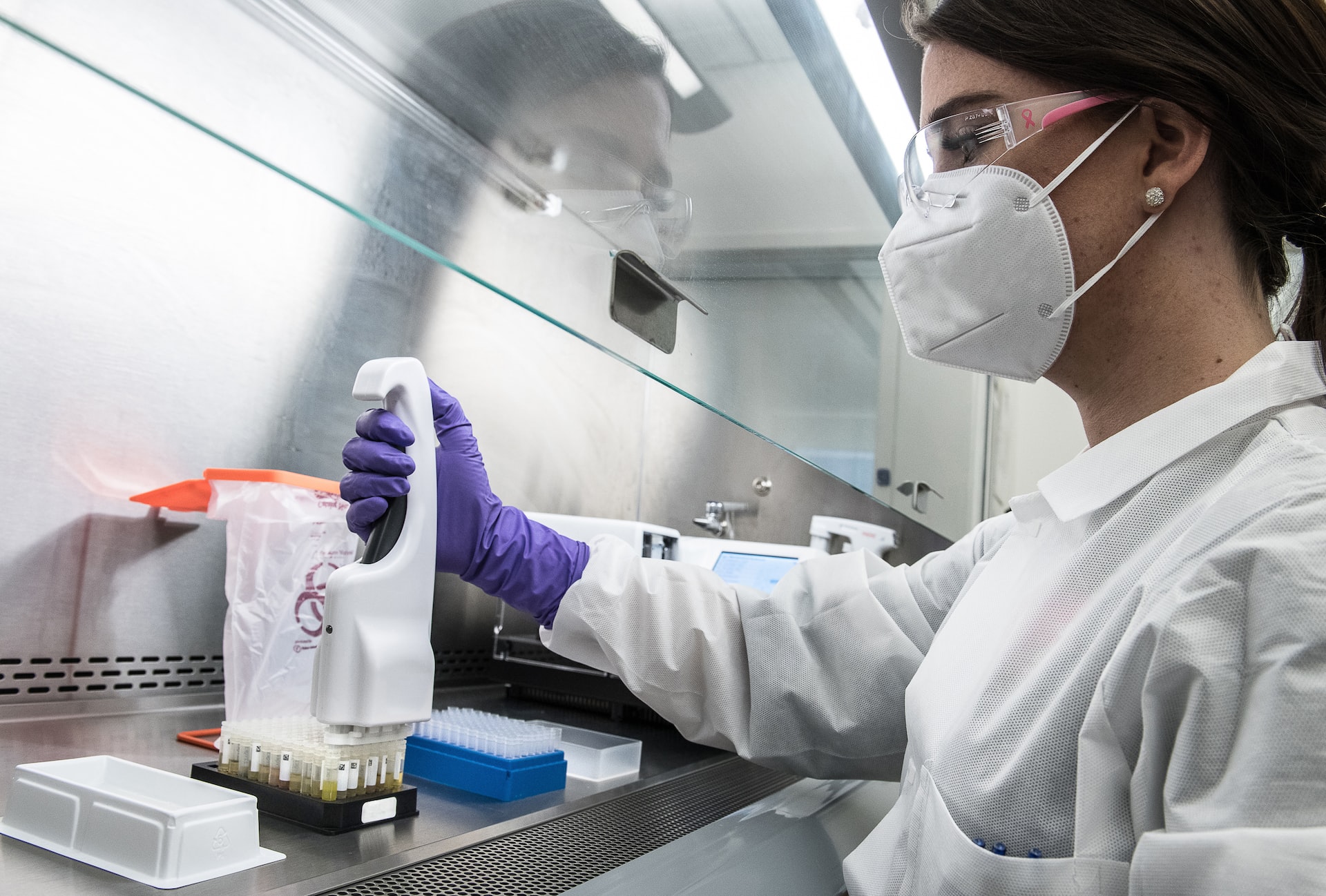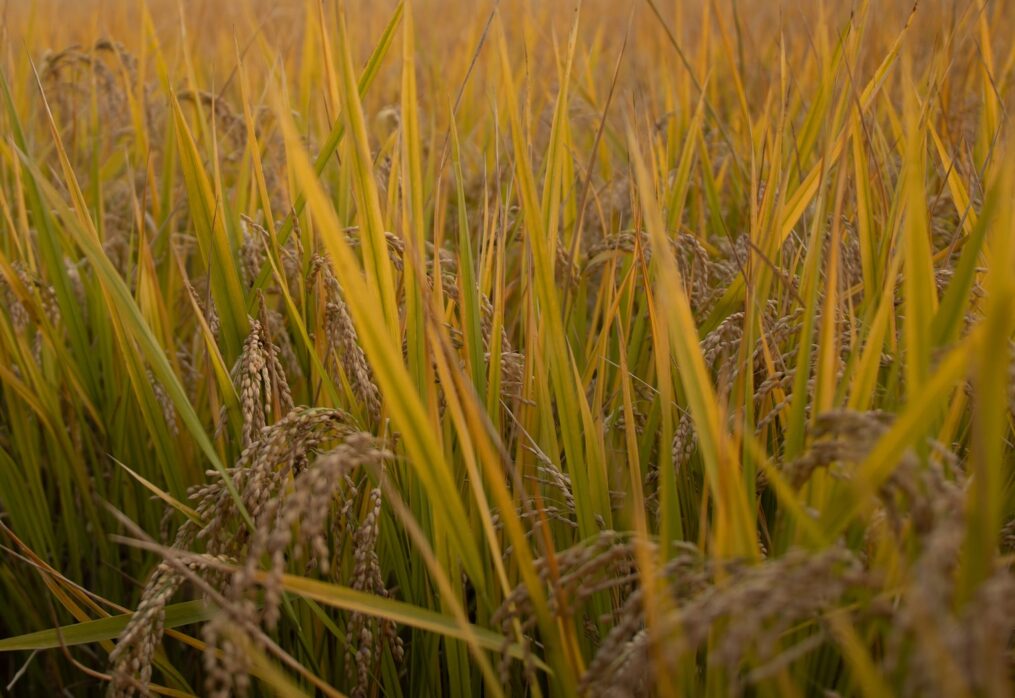Scientists from China developed a new variety of rice
New rice variety from China increases yields
Chinese scientists recently unveiled a new rice variety that produces 40% more yields than the varieties already in use.
Researchers at the Academy of Sciences managed to obtain a unique variety by doubling one of the rice genes. These changes at the genetic level made it possible to increase the degree of fertilizer absorption for the grain, as well as accelerate the processes of photosynthesis and flowering. In the future, Chinese scientists intend to use their technology to increase the production of other types of crops, such as wheat.
It should be noted that increasing yields is a highly relevant, but challenging task for researchers. The complexity is the variety of genes that are involved in the maturation of grain. For a long time, scientists from China have been searching for single genes that can directly regulate yield in one way or another. A few years ago, they began to act in a different way. Their attention shifted to those genes that control other genes and can influence nutrient uptake, photosynthesis, and the transport of essential elements from the stems to the seeds. The first such experiments were conducted on corn, and changing one such gene increased yields by 10%. By comparison, traditional breeding methods only increase production by 1%.
The first such experiments were conducted on corn, and changing one such gene increased yields by 10%. By comparison, traditional breeding methods only increase production by 1%.
The team of scientists did not stop there and continued their research. They conducted a comprehensive analysis of 118 genes in rice and corn that are responsible for regulating a number of processes and absorption of nutrients from the soil. As a result, 13 genes were identified whose activity increases in the case of nitrogen deficiency. One of them, OsDREB1C, was added to the rice, thus doubling its presence in the grain. Next, an experiment was conducted to determine the effect of such doubling, 2 groups of rice were taken. The first group was represented by grains with double OsDREB1C, while in the second group the gene was turned off, allowing us to trace its work and influence on the process of rice ripening. As a result, sprouts from the second group showed stunted growth, while rice from the first group matured actively.
It turned out that the plants with the modified gene had a more intensive absorption of nitrogen from the soil by the root system. In addition, the modified variety contained about 30% more chloroplasts and had a 38% higher content of the main enzyme involved in photosynthesis.
The scientists’ discovery is of great importance to the agricultural industry. It makes it possible to increase crop yields without increasing the cultivated area.
